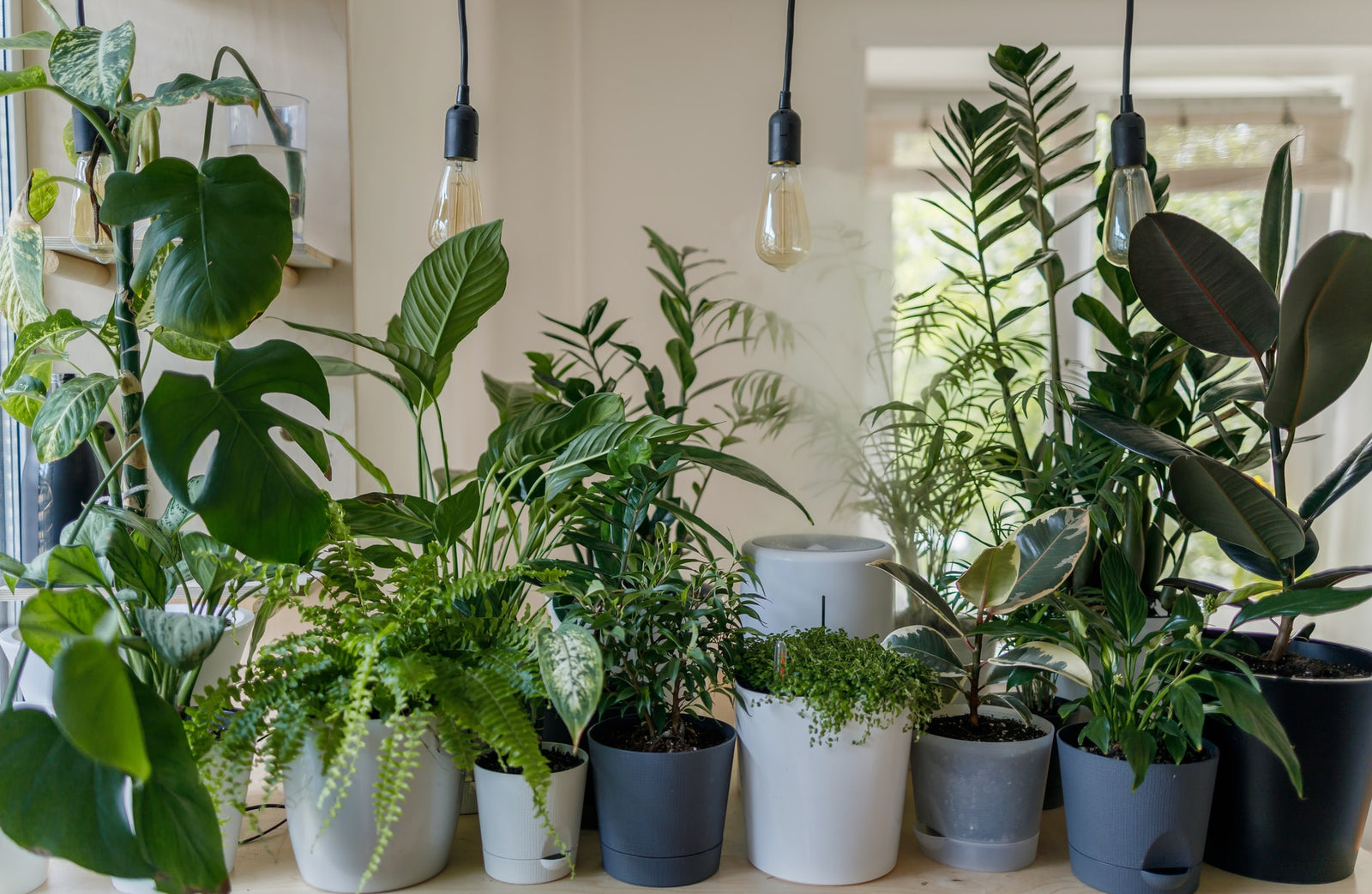
Houseplant Terminology: Made Easy
If you’re new to plant parenthood, there’s a lot of phrases that can be pretty confusing.
But, we promise you, it’s easy once you get to grips with the lingo. Read our guide and you’ll know your pruning from your propagation in no time!
Deciduous
A plant that naturally goes through a cycle whereby it drops all of its leaves and then later regrows them. This is perfectly normal and not a reflection on you as a plant parent!
Distilled water
This might sound a little extra, but some plants are sensitive to your standard tap water (they dislike the chemicals found within it). Instead, treat your plant to distilled water – which is as easy and simple as putting the kettle on – the water is boiled, removing all the elements that can upset your botanical beauty. Some plants are just worth the extra effort!
Dormant
The plant equivalent of energy saving mode, in other words, expect your green friend to slow down a bit. The usually during the colder winter months, so they will show minimal activity or growth. They’re perfectly healthy mind, just consider it hibernation.
Epiphyte
This term refers to a type of plant that grows on other plants, rather than in soil. You could see these plants attaching themselves on the branches of trees, for example. And don’t worry, they can still stay hydrated – usually, these plants will absorb water through their leaves or have modified roots. Plants really are clever beings!
Family
Not to be confused with Genus further down this list, a Family refers to a collection of plants that share botanical characteristics. They may have similar features such as flower shape or appearance. To simplify how plant species are classified – it goes in order of genus, family, and group. You’ll know if a term refers to a plant family as it will end with the Latin suffix ‘aceae’ or ‘ae’, such as Araceae.
Frond
This is a type of leaf that is divided into sections – you’re likely see these on Fern plants.
Genus
This refers to the generic name of a group of related plants. Due to certain features or characteristics, plants are classified into a genus.
Latex
This is the milky white sap that comes from certain plants. It can be an irritant to skin, so be careful when cutting or pruning your plant as it can leak out. Always wear gloves and wash your hands afterwards to be on the safe side.
Petiole
This is the part of the plant that connects the leaf to the stem.
Plantlet
As cute as it sounds, this refers to a young or little plant.
Propagate
This is an asexual means of reproduction – so by cutting the tip or stem of your existing plant, you can then produce a baby plant that is genetically identical to its parent. Plus, it saves you money and is very rewarding to watch a mini version.
Prune
To prune a plant, is to cut back and remove its leaves in order to promote healthy growth. We’d encourage you to do this as and when your plant needs it to allow them to retain a shape – and not to overtake your home either!
Repot
Depending on its growth rate, a plant will need to be repotted around every one to two years. Your thriving plant may need a larger size pot to flourish in, or repotting can also mean changing the soil or potting mix of its current home (which is absolutely normal if your plant is a slow-grower). After all, the new soil will provide it will fresh nutrients. Both are vital to ensure a health plant that has the best growing conditions.